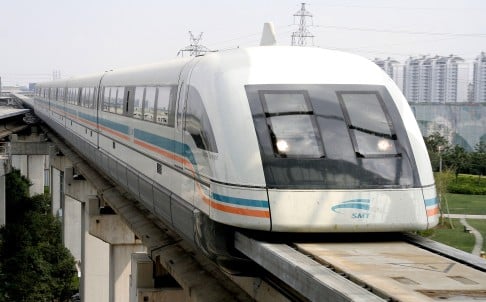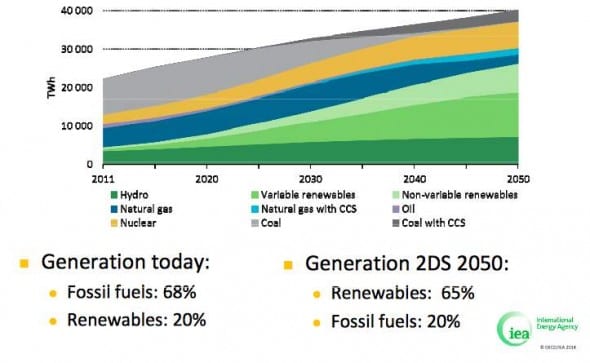The Harvard School of Public Health has published some new research on bee colony collapse disorder - Study strengthens link between neonicotinoids and collapse of honey bee colonies
Two widely used neonicotinoids—a class of insecticide—appear to significantly harm honey bee colonies over the winter, particularly during colder winters, according to a new study from Harvard School of Public Health (HSPH). The study replicated a 2012 finding from the same research group that found a link between low doses of imidacloprid and Colony Collapse Disorder (CCD), in which bees abandon their hives over the winter and eventually die. The new study also found that low doses of a second neonicotinoid, clothianidin, had the same negative effect.
Further, although other studies have suggested that CCD-related mortality in honey bee colonies may come from bees’ reduced resistance to mites or parasites as a result of exposure to pesticides, the new study found that bees in the hives exhibiting CCD had almost identical levels of pathogen infestation as a group of control hives, most of which survived the winter. This finding suggests that the neonicotinoids are causing some other kind of biological mechanism in bees that in turn leads to CCD.
Outside has an article looking at wider problems with insecticides - Your Food Is Poisoning You.
Such is the case, too, with people who’ve been trying to link celiac disease (and other ills) with the use of the herbicide glyphosate. Despite having long been treated like Bigfoot believers by their opponents, their research is now gaining widespread attention. More importantly, there's a growing sense that the science has reached a tipping point: Glyphosate cannot be recognized as harmless.
“I'm always suspicious of these consensuses on [the safety of] agriculture chemicals—they almost always fall apart over time, and that may be happening with glyphosate,” says author and food activist Michael Pollan.
Introduced by Monsanto in the early 1970s under the trade name Roundup (and used primarily back then as a weed killer), glyphosate is now used throughout the world on wheat and soy crops and since 2007 it has been the most widely used herbicide in the U.S.—and the growing target of research linking it to a variety of illnesses.
“Since Monsanto first introduced Roundup into crops in 1974, there’s been a rise in autism and other diseases,” says Stephanie Seneff, a senior research scientist at the MIT Computer Science and Artificial Intelligence Laboratory and co-author, with Anthony Samsel, a retired environmental scientist, of the recent review claiming that Roundup leads to celiac disease . “I’m certain at this point that glyphosate is the most important factor in an alarming number of epidemic diseases.” Diseases ranging from autism, Alzheimer’s, and diabetes to pancreatic cancer, thyroid cancer, non-Hodgkin’s lymphoma, Parkinson’s disease and—wait for it—the ongoing collapse of bee colonies.
But where then, beyond the work of Seneff and Samsel, is the proof? Well, there isn’t much hard evidence (only two long-term studies on the health effects of the chemical have been conducted). And for a complicated set of reasons. For one, historically, people who’ve challenged the biotech industry have been systematically discredited, says Pollan, "as we learned recently about Tyrone Hayes, the UC Berkeley herpetologist who ran afoul of Syngenta." Also, there’s the just-as-hard-to-prove theory that no one wants to bite the hand that feeds them.
“Some of our scientists are the ones who are the most difficult—and the biggest impediment to better research—because they’re funding is dependent on the very same agrichemical companies like Monsanto that are producing Roundup,” says Dr. Don Huber, professor emeritus of plant pathology at Purdue University (who for years consulted with Monsanto scientists). "They’re not about to go in a different direction from the people who’ve been funding them."















